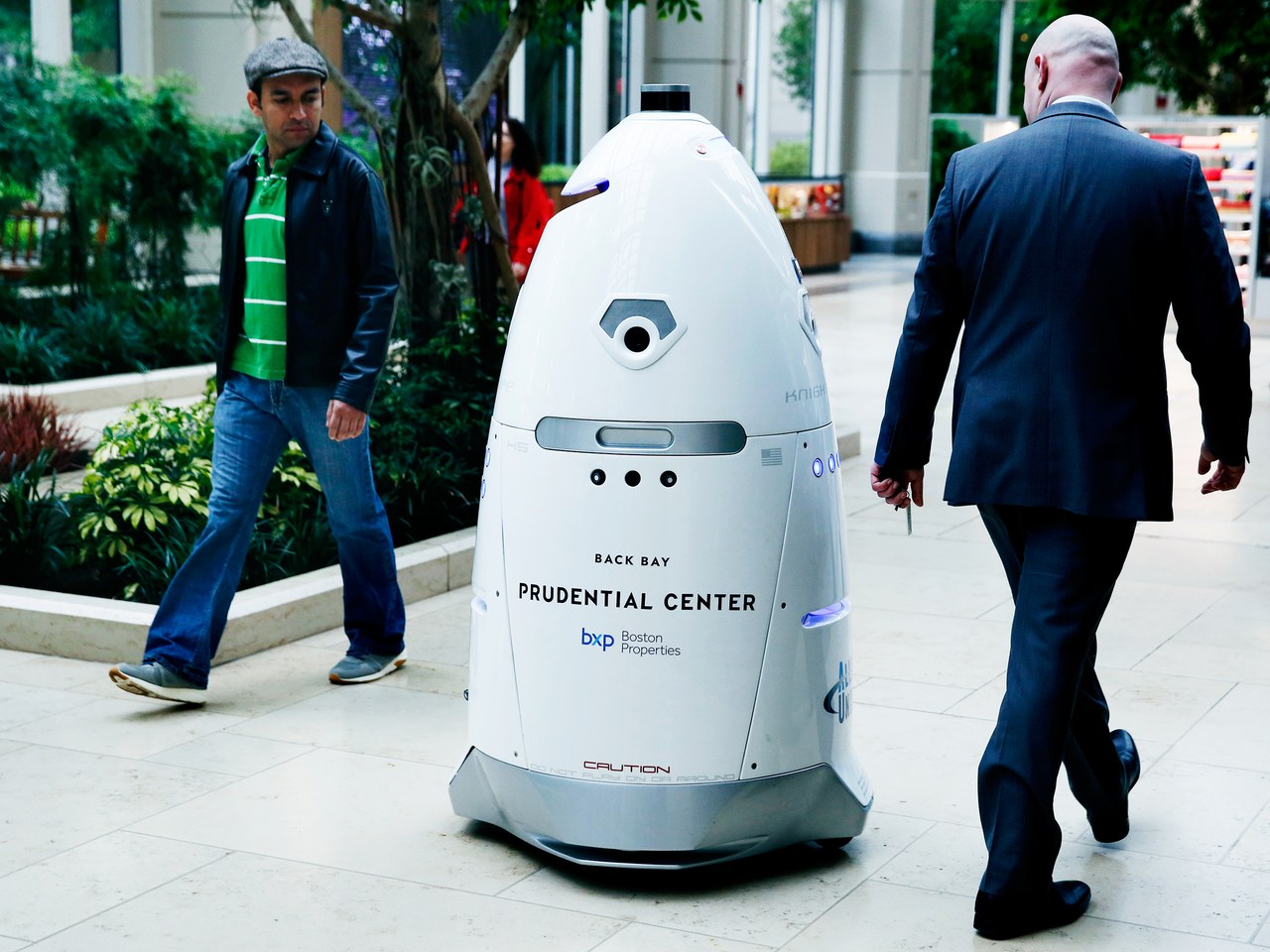The category amounted to a giant feedback loop in which the existence of Y2K alarmism led to more of the same.
Harry McCracken in Fast Company has a great article on The weird, wonderful world of Y2K survival guides: A look back (Dec. 13, 2019).The article samples some of the hype around the disruptive potential of the millenium. Particularly worrisome are the political aspects of the folly. People (again) predicted the fall of the government and the need to prepare for the ensuing chaos. (Why is it that some people look so forward to such collapse?)
Technical savvy didn’t necessarily inoculate an author against millennium-bug panic. Edward Yourdon was a distinguished software architect with plenty of experience relevant to the challenge of assessing the Y2K bug’s impact. His level of Y2K gloominess waxed and waned, but he was prone to declarations such as “my own personal Y2K plans include a very simple assumption: the government of the U.S., as we currently know it, will fall on 1/1/2000. Period.”
Interestingly, few people panicked despite all the predictions. Most people, went out and celebrated.
All of this should be a warning for those of us who are tempted to predict that artificial intelligence or social media will lead to some sort of disaster. There is an ethics to predicting ethical disruption. Disruption, almost by definition, never happens as you thought it would.



